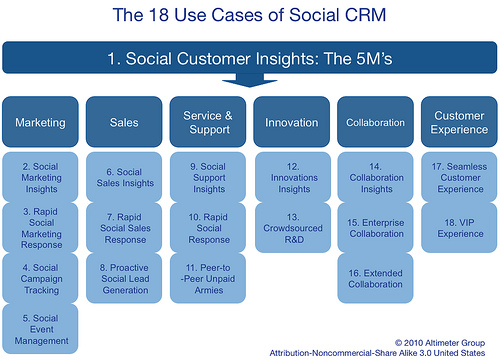At the INFORMS Marketing Science 2009 Conference, I presented my current research project on the effects of loyalty program expiration policy change. For those who missed the conference, here’s a summary of what I presented. I have also included the summary of the other two research projects that were presented during the same session.
Shortening Loyalty Program Expiration Period May Not Be Bad
One of the headaches companies running loyalty programs have is the liability associated with unredeemed points in program members’ accounts. One way of reducing such liabilities is to shorten the expiration period associated with program points, as major US airlines did in 2007. However, it is possible for such a policy change to alienate existing customers. To see whether this is the case, my co-author and I analyzed data from a convenience store chain that has switched from a no-expiration policy to a monthly expiration policy. To our surprise, we found that, participation in the program has actually increased significantly since the program change. Overall in-store sales have also increased, while fuel sales remained unchanged. What we plan to do next is to see how individual consumers have adjusted their purchase behavior in reaction to the policy change. We suspect that the addition of an expiration policy imposes what we call an “expiration pressure” on consumers, as consumers are pressured into making more purchases to reach a reward threshold before the points expire. However, different consumers (e.g., those with different patronage levels) will experience the pressure differently. I’ll report more findings when we are further along with the project. For now, you can download the presentation slides. We welcome any feedback or comments you may have.
Two other researchers also presented their projects on loyalty program and customer relationship management in the same session. As these are also relevant to loyalty managers, I am summarizing them below:
Loyalty Program Increases Share of Wallet by 10%
Martin Boehm from IE Business School presented his co-authored research project on the effect of loyalty program membership on consumers’ share of wallet at an European supermarket chain. By looking at a consumer panel’s behavior before and after loyalty program enrollment, they show that the loyalty program increased share of wallet by 10%. This lift is negatively correlated with a consumer’s original share of wallet before the program enrollment. In other words, those with a high share of wallet exprienced minimal lift, whereas those with a low share of wallet experienced the highest lift. These results echo my earlier research findings showing a similar pattern. However, their research better controls for self-selection bias (i.e., better customers are more likely to enroll in loyalty programs) and therefore provides an even stronger argument for loyalty program impact.
Email and Mail Are More Effective Customer Contact Channels…
At least in the context of auto dealership’s services. Using data from an auto dealership, Andrea Godfrey at University of California at Riverside and her co-authors compared the effectiveness of phone, mail, and email customer contact in increasing sales (in this case, service revenue). They found that mails and emails were similarly effective in increasing sales, while phone contact was the least effective. The effects of mails and emails were both curvilinear, meaning that the effects of those contacts reach maximum after a few times and then drop after the threshold. Not surprisingly, the exact effectiveness of each contact channel on individual consumers also depends on the consumers’ channel preference. I hope these findings will help eliminate a few annoying dinner disruptions and result in less waste of papers. But I am not so sure I like the prospect of receiving more emails either. Hmm…
Questions or comments? If you have any questions regarding any of these research projects that I have summarized here, please feel free to let me know, and I’d be happy to answer your question or forward your question to the right author.
